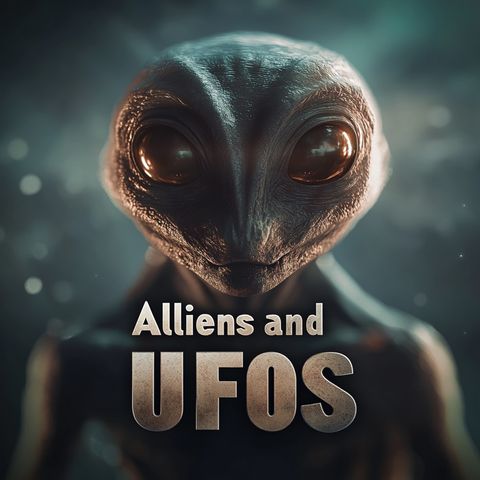30 AGO 2023 · UFO Cover-Ups and Stigma
The history of UFO cover-ups and misinformation, as well as the stigma surrounding the topic, is a complex and controversial subject that involves a mix of government actions, public perceptions, and cultural factors. One of the most significant aspects of this history is Project Blue Book, a U.S. Air Force program aimed at investigating UFO reports from 1952 to 1969. While some believe that Project Blue Book was an earnest attempt to investigate UFO sightings, others view it as a means to downplay and dismiss the phenomenon. Let's delve into this history:
Early UFO Sightings and Roswell Incident: The modern UFO era is often considered to have begun with the reported sighting of unidentified flying objects by pilot Kenneth Arnold in 1947. This event captured the public's imagination, and a series of UFO sightings followed. One of the most famous incidents was the alleged crash of an unidentified object near Roswell, New Mexico, in 1947. The U.S. military initially claimed it was a weather balloon, but later said it was part of a secret research project. This discrepancy fueled suspicions of a cover-up.
Project Blue Book: In 1952, the U.S. Air Force established Project Blue Book to investigate UFO reports and determine whether there was any threat to national security. Over its 17-year existence, Project Blue Book collected and analyzed thousands of UFO reports. However, critics argue that the project's primary goal was to debunk UFO sightings and reassure the public that there was no evidence of extraterrestrial activity.
Condon Committee: In the late 1960s, Project Blue Book came under increased scrutiny, and public interest waned. The Condon Committee, led by physicist Edward Condon, conducted a comprehensive study of UFOs and concluded in 1969 that further investigation was unwarranted, given the lack of scientific merit in the study of UFOs. This report further contributed to the perception that UFOs were not a serious scientific topic.
Secrecy and Conspiracy Theories: Over the years, allegations of government cover-ups and secrecy surrounding UFOs persisted. Some point to instances where UFO-related documents were classified and inaccessible to the public. This secrecy, whether warranted or not, fueled conspiracy theories that the government was hiding evidence of extraterrestrial contact.
Media Portrayal: The media has played a significant role in shaping public perception of UFOs. While early media coverage was often sensationalized, leading to the term "flying saucers," later coverage shifted to skepticism and mockery. This influenced how the general public perceived UFO sightings and encounters.
Pop Culture and Stigma: The portrayal of UFOs in popular culture, including movies, TV shows, and books, has further entrenched the stigma surrounding the topic. UFO enthusiasts were often depicted as eccentric or paranoid individuals, which discouraged serious scientific inquiry.
Legitimate Interest vs. Fringe Beliefs: While there is a legitimate interest in studying anomalous aerial phenomena for potential scientific and national security reasons, the topic has also attracted fringe beliefs and pseudoscience. This has made it difficult to separate serious research from speculative claims.
In conclusion, the history of UFO cover-ups, misinformation, and the stigma surrounding the topic is multifaceted. While Project Blue Book and government actions have played a role in shaping perceptions, factors such as media portrayal and cultural attitudes have also contributed to the complex landscape of UFO discourse in the United States.


